ART&CULTURE / 2023.03.06
GOMA EXHIBITION "The Map of Hikari" Interview with GOMA (2/3)
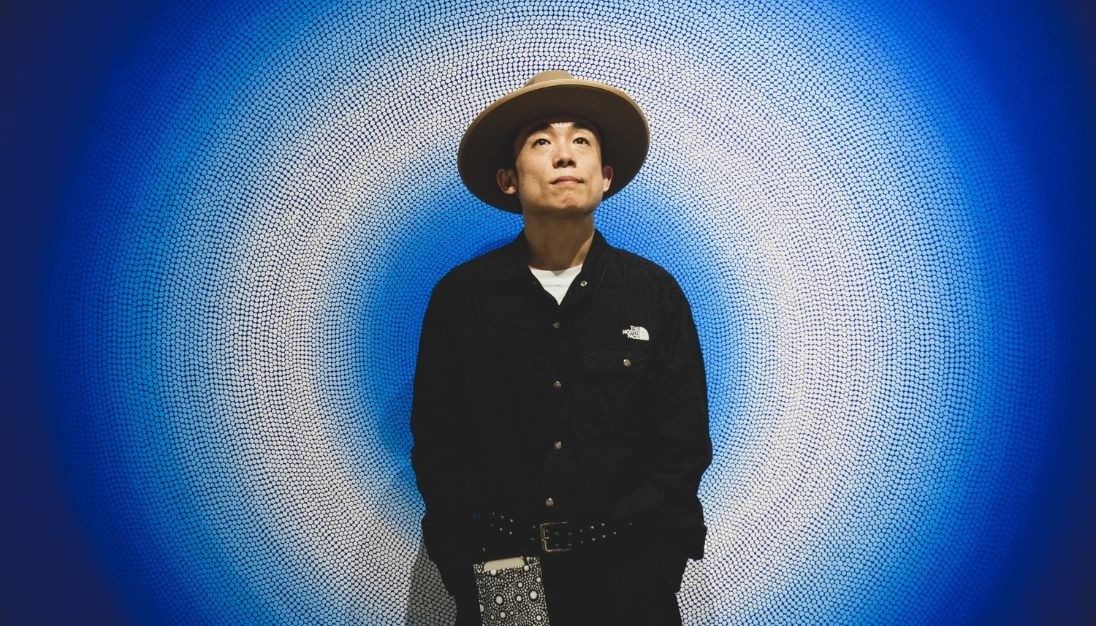
GOMA is a musician and painter of Australian brass instrument dejuridu. Currently, his solo exhibition "Hikari's Map" is being held. Point drawings, which suddenly began to draw after a traffic accident in 2009, are like dynamic fluctuations of overlapping waves, like graphical mathematical sequences, and like Mandala. These dense and powerful, dazzling worlds are all scenes of the "other world" that emerges in your brain as consciousness recovers. Let's ask GOMA about his enthusiasm for the solo exhibition and his drawing.
-
Interview & TextYusuke Nakamura
-
PhotoYuji Iwai
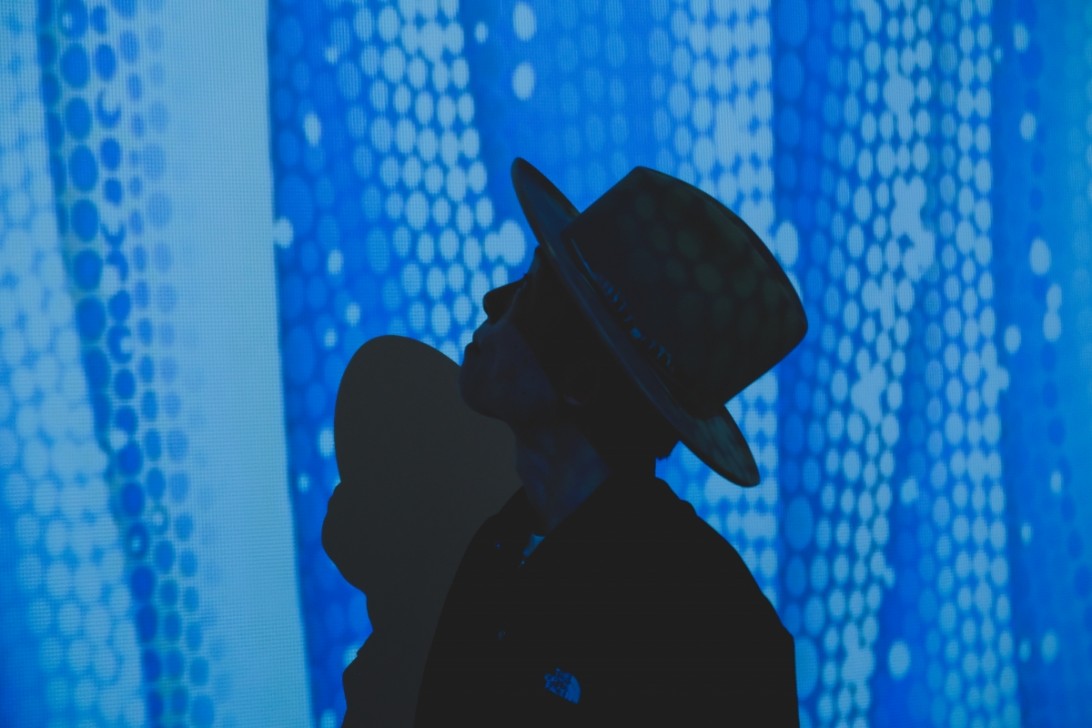
ー You started painting after a traffic accident in 2009 caused higher brain dysfunction and memory loss. Think about it now, why do you think it is?
GOMA: My memory is not clear, but I may have tried to cure my brain by myself. I think it's definitely working (drawing is on the brain). In fact, there seems to be such treatment.
ー All of his works are based on his image in the brain until his consciousness is restored, who often falls into a coma after an accident. You've been painted on the same theme all the time.
GOMA: That's right. I don't get bored. From the brain science point of view, it seems that it was the ability that I originally had (to draw), and I guess I met in order to meet. It seems that the nervous breakdown in the accident caused the ability to paint a picture jumps out with the acquired Savan syndrome.
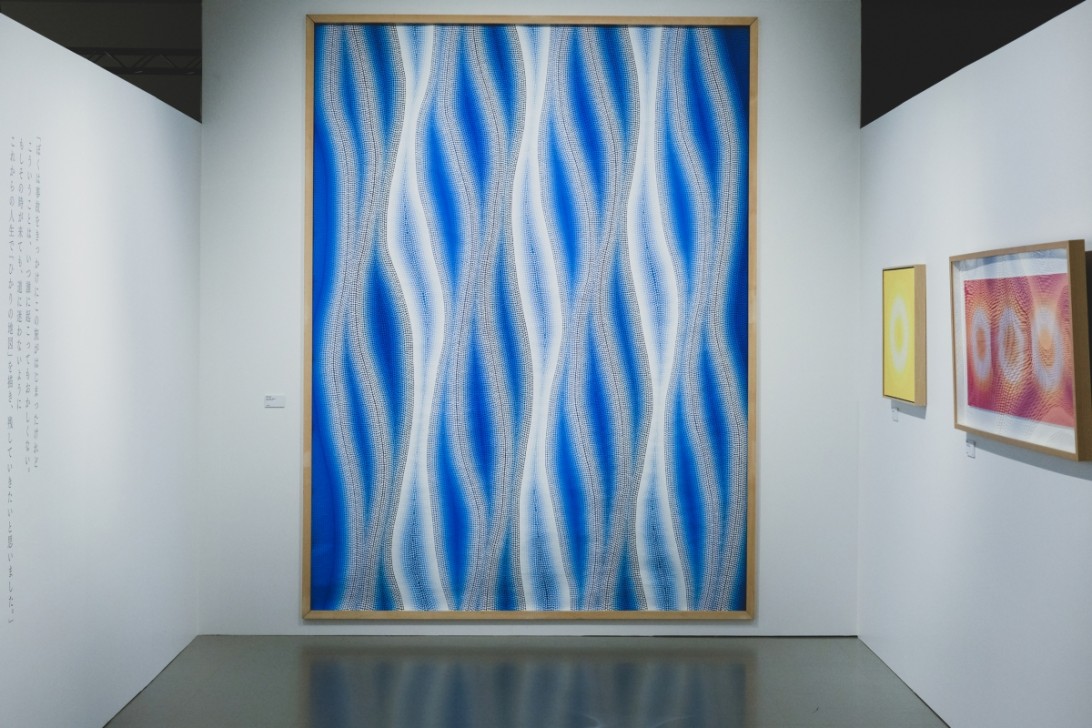
- Just before consciousness recovers, is that image in the brain "Hikari" in the Map of Hikari?
GOMA: Yes. If you say "this world" and "that world", the farthest place from this world is like a luminescent object that is integrated with space. After that, the fingertips are numbed and the feeling begins to return. Finally, the vision returns to recognize the various colors and shapes around it.
ーYou mean that you are drawing images that you can see on the way back to consciousness.
GOMA: Yes. In the first few years, when I fell down due to sequelae, I could only recognize "Hikari" just before my consciousness returned, but after repeated dozens of times, I realized that the scenery of the same kind of dream and memory was burning in the image every time. After that, I started to observe the scenery on the way back to consciousness.
Can you afford to observe in such a situation?
GOMA: When consciousness regains consciousness, observe "the scenery of the world over there" with video. I leave the scenery on the canvas as if I took a picture. There is a regularity in the scenery of "Hikari", but I plan to exhibit the flow in each room.
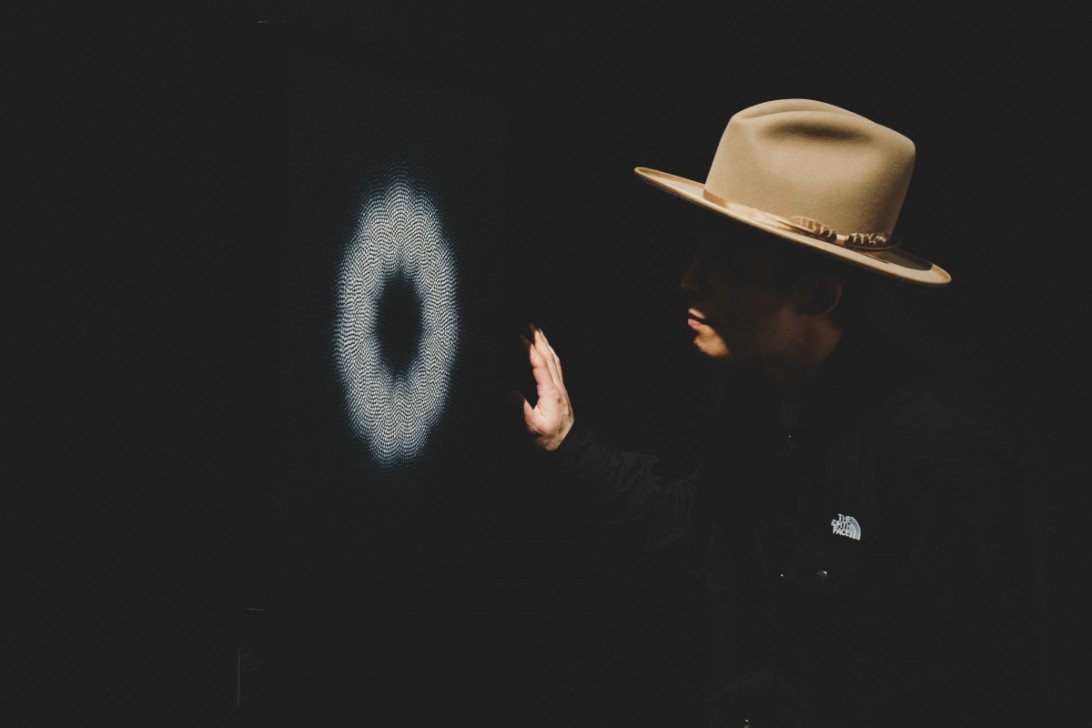
-The process of returning to this world will be exhibited in each room. For Goma, is the world of Hikari vague? Or are you sure of the world?
GOMA: Before, when I was interviewed by a person who was studying near-death experience, I was told that when I talked about this "Hikari", it was after all.
What is it?
GOMA: Regardless of race and gender age, those who have had a near-death experience seem to talk about this "Hikari" with a high probability. That's why I was convinced. There is a world of "Hikari" at the gate of this world and that world. I think it would be nice to make it a picture and leave it like a map. For example, a map that allows someone to return to this world when they have a similar experience.
It's like a way to regain consciousness. "Hikari" and "Map" in the exhibition title "Hikari Map" can be said to be signposts.
GOMA: That's right. "Hikari" is a positive thing, and I think it's like a guide that will bring you back to this world.
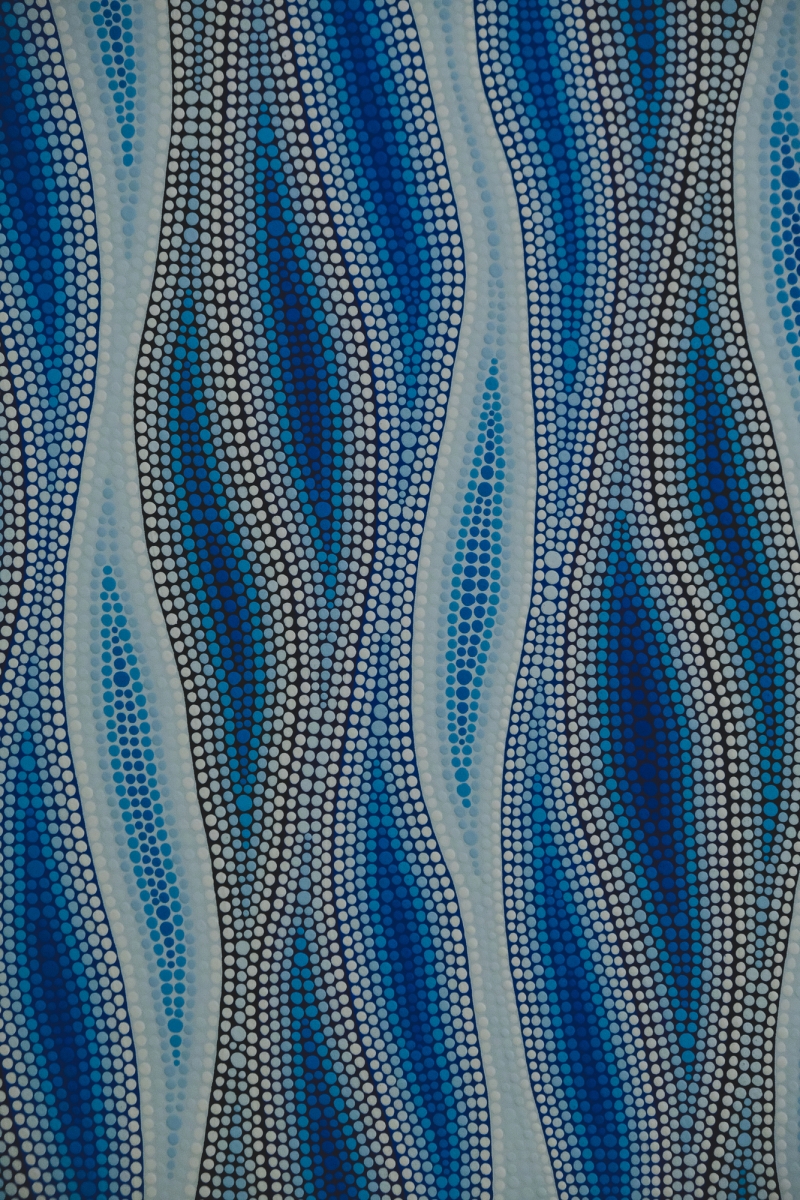
ーWhy are you choosing a point drawing style?
GOMA: I still don't know that either. I tried drawing it with a line, but I can't get close to the world I want to draw. Since the point is small, it takes a lot of time, and is there a way to draw faster? I've been thinking lately.
Do you think it's drawn with an impulse rather than wanting to draw?
GOMA: At first it was so, but now there is a clear world of "Hikari" I want to draw. It is often referred to as abstract painting, but it is a world that I can actually see inside me. That's why it's a realm.
ー This is an in-brain landscape painting for GOMA.
GOMA: That's right. It is a well-burned scenery on the streets of the world of Hikari.
ー Is the color of the work blue, yellow, black, etc. also the color of the actual scenery?
GOMA: I think that the colors attached to the scenery are related to the environment, temperature, time, etc. of the bed you sleep at that time. I feel like I'm following the big flow of the earth, such as the seasons. But why is it that color? I still don't know myself.
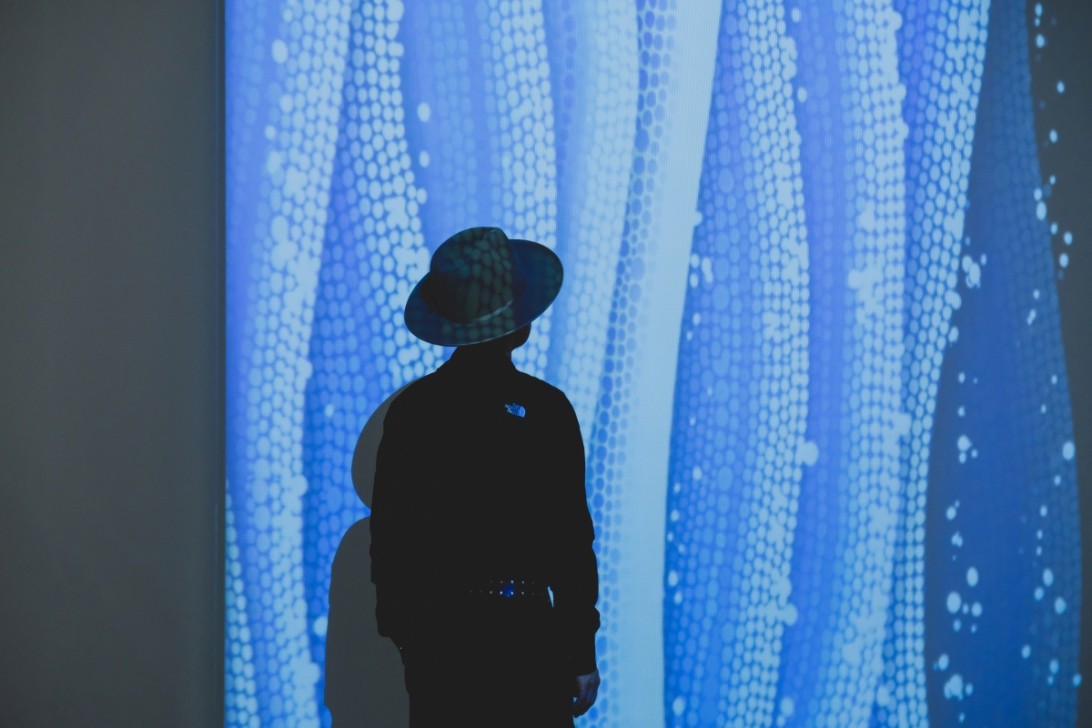
ー By the way, is there a sound in the world of Hikari?
GOMA: No, sir…I feel like it. You start hearing when consciousness returns, but since the order of return is hearing and visual, it is the last time you can recognize the sound.
Do you think about the possibility of expressing the world of "Hikari" with sound as a player of Di Juri Du?
GOMA: I'd like to do a lot of things, but now I don't know much about other methods (other than dotting). But this time, I tried to add a sound to the video work in a new record, so I think that people who know me through music can enjoy it.
Other Posts
-
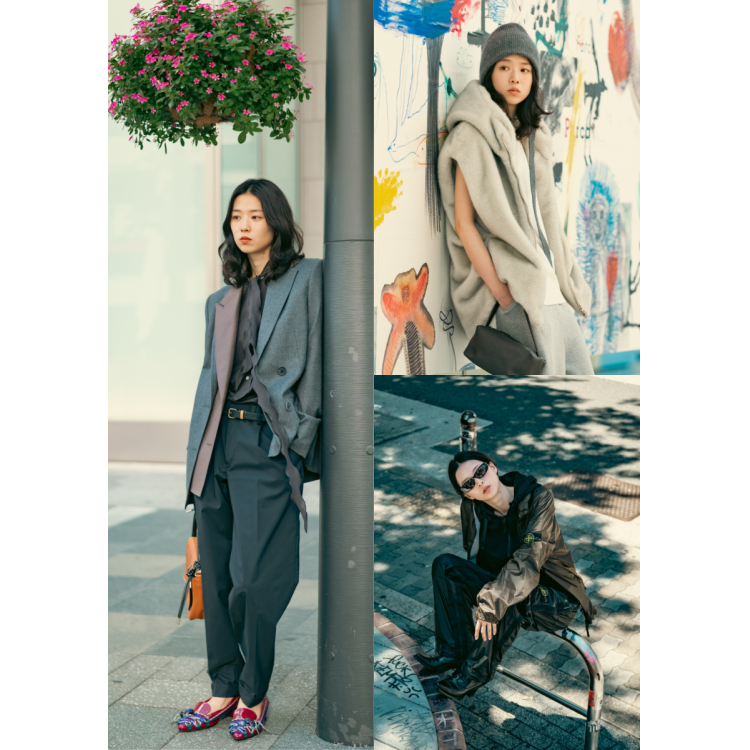 FASHIONThe Fashion Post × SHINSAIBASHI PARCO 2025 AW COLLECTION2025.08.07
FASHIONThe Fashion Post × SHINSAIBASHI PARCO 2025 AW COLLECTION2025.08.07 -
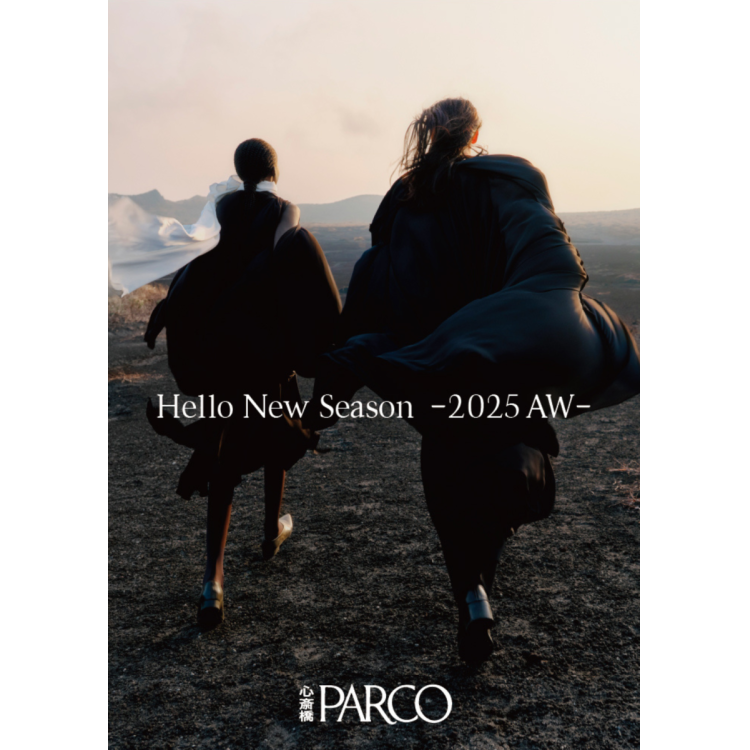 FASHIONHello New Season -2025 AW-2025.08.07
FASHIONHello New Season -2025 AW-2025.08.07 -
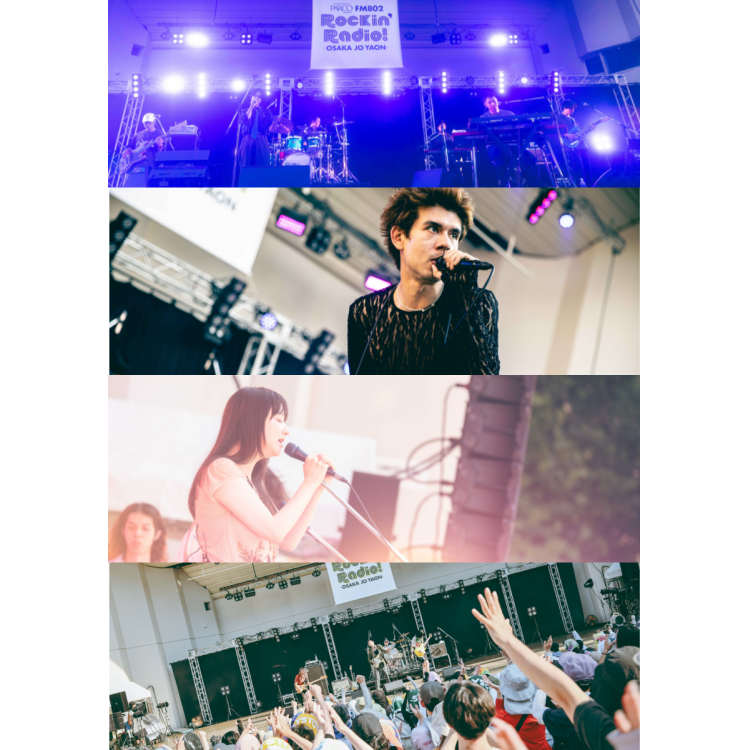 ART&CULTURELIVE REPORT & SNAP| Meet the featured artists! Playback of “Shinsaibashi PARCO presents FM802 Rockin’ Radio!”2025.07.12
ART&CULTURELIVE REPORT & SNAP| Meet the featured artists! Playback of “Shinsaibashi PARCO presents FM802 Rockin’ Radio!”2025.07.12 -
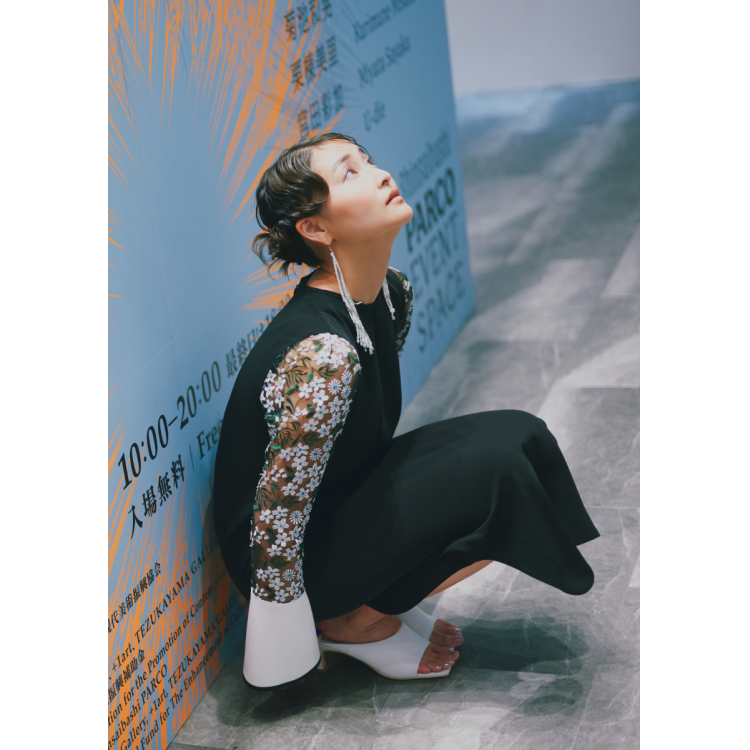 ART&CULTUREAyaka Wada| QUI x Shinsaibashi PARCO Art Mikata2025.06.07
ART&CULTUREAyaka Wada| QUI x Shinsaibashi PARCO Art Mikata2025.06.07
